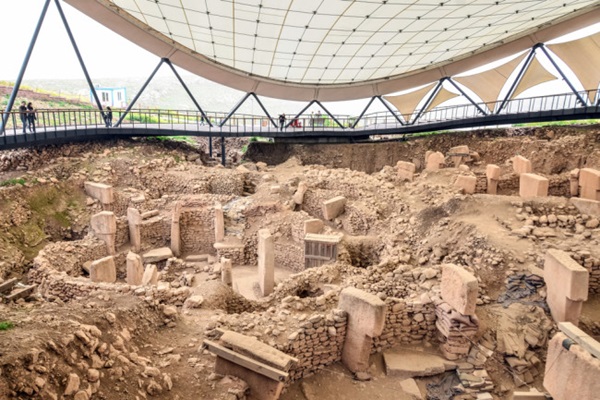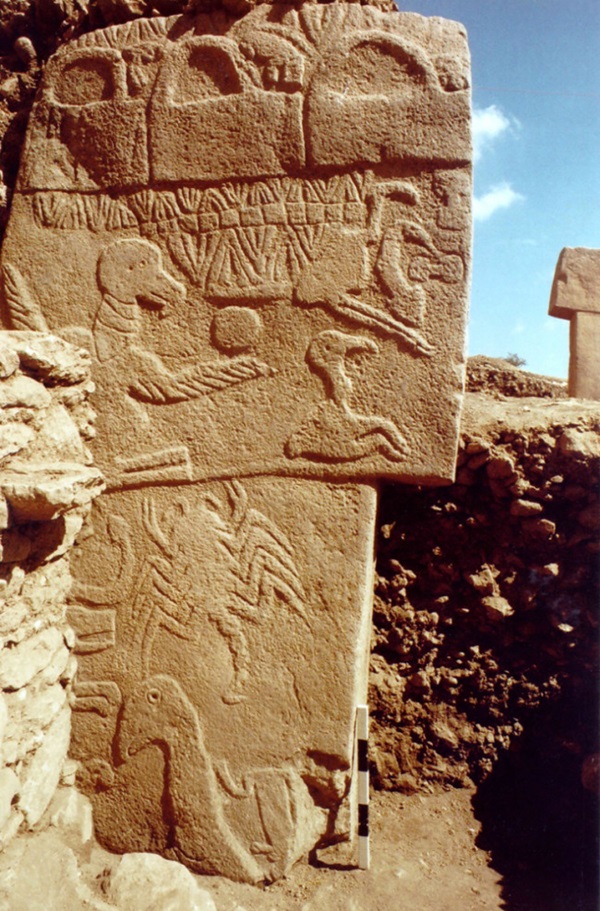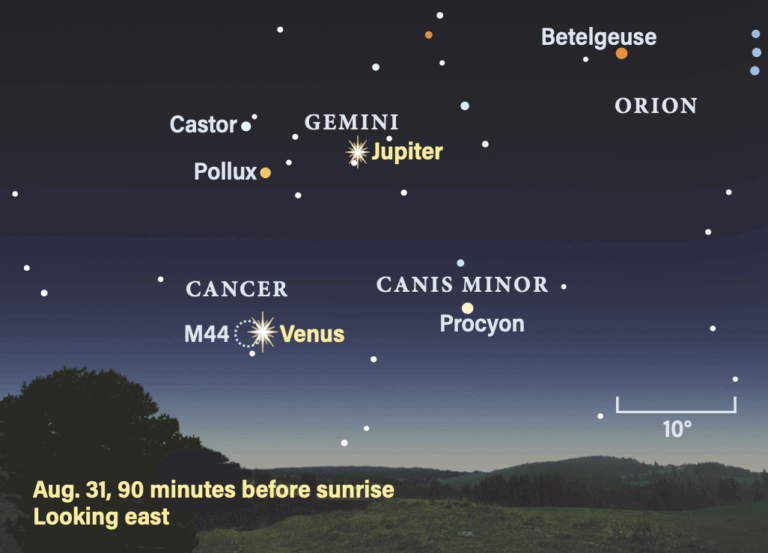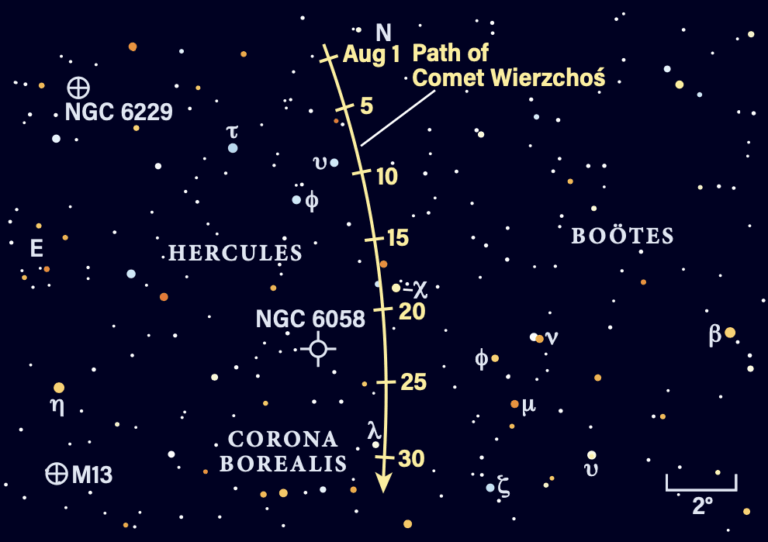Key Takeaways:
- Göbekli Tepe, a 12,000-year-old site in southern Turkey (potentially older in parts), predates known agricultural societies and displays complex megalithic structures, challenging existing theories about societal and religious development.
- Claims suggesting Göbekli Tepe functioned as an astronomical observatory, aligned with Sirius or recording a comet impact, are disputed by the primary excavation team due to site alteration over time and the possibility of roofed structures hindering celestial observation.
- The site's construction, employing immense T-shaped pillars with intricate animal carvings (including the notable Pillar 43), involved significant collaborative effort from a pre-agricultural hunter-gatherer society, the motivations for which remain a central mystery.
- While various interpretations, including those proposing astronomical significance and connections to a Younger Dryas impact event, exist, the excavation team emphasizes the lack of conclusive evidence supporting these hypotheses, prioritizing the investigation of the builders' identities and intentions.
Earth’s Northern Hemisphere was covered in enormous Ice Age glaciers when a group of hunter-gatherers in southern Turkey began constructing the world’s first known temple. The site, called Gobekli Tepe, was built roughly 12,000 years ago, with some parts appearing to be even older. However, because the ancient temple is so vast and complex, archaeologists have been busy excavating it since its discovery in 1994.
Along the way, they’ve uncovered strange animal carvings, towering stone pillars, and the earliest known evidence of megalithic rituals. But despite all those years of research, they’re still working to unravel the site’s biggest mysteries: Who built it, and why?
World’s first observatory?
Gobekli Tepe’s design and age have captured the public’s imagination for decades. It’s been the subject of widespread, and often breathless, press coverage and documentaries, as well as countless conspiracy theories, from aliens to fantastical claims about ancient, technologically advanced civilizations. Some scientists, primarily those not connected to the core group excavating the site, have speculated that Gobekli Tepe was actually an astronomical observatory, or perhaps even the biblical Garden of Eden.
There are two major claims that those who think Gobekli Tepe had celestial connections point to. One suggests that the site was aligned with the night sky, particularly the star Sirius, because the local people worshiped the star like other cultures in the region did thousands of years later. Another claims that carvings at Gobekli Tepe record a comet impact that hit Earth at the end of the Ice Age.
If either of those things are true, Gobekli Tepe’s extreme age would indeed make it the world’s oldest known astronomical site.
However, those claims of Gobekli Tepe’s connection to the night sky have been largely rejected by the main team actual excavating the temple. According to them, while the archaeological site is remarkably well preserved, the forces of time have changed the location of certain features.
For example, studies suggest some of the pillars were removed and recycled elsewhere. Furthermore, later civilizations in the area — and, more recently, farmers — have rearranged portions of certain pillars, even breaking pieces off.
The researchers have since tried their best to restore Gobekli Tepe’s pillars to their original locations, but the initial layout of the site’s stunning round buildings remains up for debate. That makes it impossible, at the moment, for archaeologists to know whether Gobekli Tepe had any astronomical significance at all.
But there’s another, more obvious, potential reason to doubt the site’s buildings were once aligned to the stars. “There is the significant possibility that we are dealing with roofed structures; this fact alone would pose limitations to a function as sky observatories,” the research team wrote in a journal article addressing the astronomical claims.
Sharing creates a society
For the team surveying Gobekli Tepe, the truth of the site, as they see it, is just as surprising — even without the astronomical connection.
Archaeologists suspected that humans only began building complex societies and structures after the invention of agriculture. They also thought that complex religions only emerged after those events.
Gobekli Tepe overthrows those theories. The site sits in the core of the Fertile Crescent, a region of the Middle East historically considered the birthplace of farming, writing and more. Yet, Gobekli Tepe was a pre-agricultural society; it was built before people in the region started farming.
At a casual glance, Gobekli Tepe looks like an ordinary hill. So, researchers originally didn’t think much of it when a few meager stone structures were discovered on the hilltop in the 1960s. But, in 1994, when Klaus Schmidt of the German Archaeological Institute was finishing some excavation work at a nearby Stone Age settlement, he decided to reexamine the Gobekli Tepe hilltop. To his surprise, he recognized the few remnants he found on the surface had similar elements, suggesting there might be more buried below.
Over the years that followed, the staggering scale of his discovery became clear. The entire hill was constructed by humans. All that dirt hides dozens of structures spread across an area some 1,000 feet wide and 50 feet tall. The people who built the site constructed large, intricately-decorated stone circles, later burying them in sand.
The discovery sent shockwaves through the archaeological community because Gobekli Tepe couldn’t have been built by farmers. Farming didn’t really exist at that point. Plus, with no domesticated pack animals or metal tools to lighten the load, Gobekli Tepe would’ve had to have been built using rudimentary instruments and human hands.
At 12,000 years old, Gobekli Tepe predated humanity’s oldest known civilizations. Its megalithic temples were cut from rock millennia before the 4,500-year-old pyramids in Egypt, 5,000-year-old Stonehenge in England, or 7,000-year-old Nabta Playa, the oldest known astronomical site. It even seems construction on some parts of Gobekli Tepe might have began as far back as 14,000 or 15,000 years ago.
Still, there isn’t any evidence suggesting people actually lived at Gobekli Tepe. There were no burials and no apparent homes. So, to better understand who the site’s visitors were, scientists were forced to look to the nearby countryside.
When they did, they found signs that for centuries before Gobekli Tepe appeared, Stone Age hunter-gatherers in the region seemed to be building small, permanent settlements where they lived communally, sharing their foraged resources. If that’s confirmed, then such sharing might have helped spawn the creation of society.
But even then, why did hunter-gatherers from these surrounding communities seemingly work together in large numbers to build Gobekli Tepe? The answer to that question remains one of its biggest lingering mysteries.
Carving a comet impact?
Just a handful of the giant circular and oval rooms at Gobekli Tepe have been excavated so far, but surveys show many more are still buried underground at the site. Each of these round rooms is defined by a ring of hulking T-shaped pillars.
Most of the pillars feature ornate carvings of animals, like snakes, foxes, wild boars, birds, and other critters. Individual rooms also usually have one particular animal as its theme, which is why researchers suggested that the ancient hunter-gatherers were so-called animalists. They believed all living creatures had spirits, and they worshiped them.
Although many of the pillars focus on just a single animal, other carvings combine their art into a more complex motif. Gobekli Tepe’s Pillar 43 is the most prominent of these. This captivating pillar appears to feature a large vulture, other birds, a scorpion, and additional abstract symbols.
“We don’t know what the meanings of these symbols are,” Schmidt said, but he suggested they might depict architectural buildings.
Whatever their meaning, archaeologists say the carvings are masterful reliefs repeated many times over, implying the work of trained craftsman who not only knew what the animals were supposed to look like, but also had the technical ability to recreate them.
Although Pillar 43 remains a mystery, Klaus’ team believes that one thing is clear about the pillars in general: They were built in a T-shape as a kind of stylized human form, like a person without a head. (Some others have even gone as far as to suggest the people who worshiped at the temple were a kind of skull cult, like later peoples in the region who removed heads from buried bodies to employ them in rituals.)
“This T-form is really some unique phenomenon of this culture of Gobekli Tepe and the surrounding settlements, and it’s not repeated anywhere else on our Earth and in any other culture,” Schmidt said at a Gobekli Tepe research symposium in 2012. So, unlocking their meaning could help explain the entire site.
And although the archaeologists who have spent decades excavating Gobekli Tepe may not be willing to make bold speculations about the original meaning of Pillar 43, that hasn’t stopped others.
In 2017, a pair of chemical engineers made global headlines when they claimed that they were able to connect animal carvings on Gobekli Tepe’s pillars to the positions of various groups of stars in Earth’s sky many millennia ago.
In a paper published in the journal Mediterranean Archaeology and Archaeometry, they argue that the so-called Vulture Stone carved on Pillar 43 is a “date stamp” for a catastrophic comet strike 13,000 years ago. This idea gained some fringe attention because scientists already suspected a comet struck Greenland around this time, potentially triggering the Younger Dryas period.
“It appears Gobekli Tepe was, among other things, an observatory for monitoring the night sky,” Martin Sweatman, a chemical engineer at the University of Edinburgh and the study’s lead author, said in a media release. “One of its pillars seems to have served as a memorial to this devastating event — probably the worst day in history since the end of the Ice Age.”
But again, the team of archaeologists who are actually excavating Gobekli Tepe aren’t buying it.
“Assuming such a long tradition of knowledge relating to an unconfirmed (ancient) cosmic event appears extremely far-fetched,” the authors said in their rebuttal. “The assumption that asterisms [familiar star patterns] are stable across time and cultures is not convincing,” they added. “It is highly unlikely that early Neolithic hunters in Upper Mesopotamia recognized the exact same celestial constellations as described by ancient Egyptian, Arabian, and Greek scholars, which still populate our imagination today.”
‘Fingerprints of the gods’
But these claims are far from the most extreme being made about Gobekli Tepe and the people who built it.
Graham Hancock is the popular author of Fingerprints of the Gods. It’s a pseudoscience book that proposes, without evidence, that a mysterious ancient culture thought the ability to track the precession of the stars was so important they embedded a series of crucial numbers into great stories to ensure the knowledge was passed through generations. He calls it a “ghostly fingerprint of an advanced scientific knowledge impressed on the oldest myths and traditions of our planet.”
One of his favorite examples is Gobekli Tepe. In a 2015 interview on the Joe Rogan Experience that’s been viewed more than 11 million times, Hancock called Gobekli Tepe a “profoundly astronomical site.”
Hancock’s ideas have helped fuel the surge of interest in Gobekli Tepe as an ancient observatory. But he has an even more fantastical claim about the vulture and other carvings on Pillar 43. He believes, again without evidence, that it’s an ancient constellation diagram that shows the winter solstice against a backdrop of today’s modern sky.
“This is spooky and eerie,” Hancock said, “because it appears there’s overwhelming evidence that the people who made Gobekli Tepe had a profound knowledge of precession. And it appears that they deliberately sent forward into time — in this time capsule — a picture of the sky in our age.”
The details of his ideas only get more fantastical as he explains them, but that hasn’t stopped Hancock from getting huge amounts of attention for voicing them. And as a result, Gobekli Tepe has been swept up into pseudo-scientific claims and strange putdowns about what “mainstream archaeologists want the public to believe.”
In the meantime, German archaeologist Klaus Schmidt, who discovered the site and led its excavation, died in 2014. But despite that loss, Schmidt’s team is continuing their decades-long dig at Gobekli Tepe, focusing on finding out who built the site and why.
And although there is still no convincing evidence that Gobekli Tepe was built as an astronomical site, that doesn’t mean nothing will ever come to light. Perhaps, proof of Gobekli Tepe’s proposed connection to the stars is still buried, just beneath the sand.













